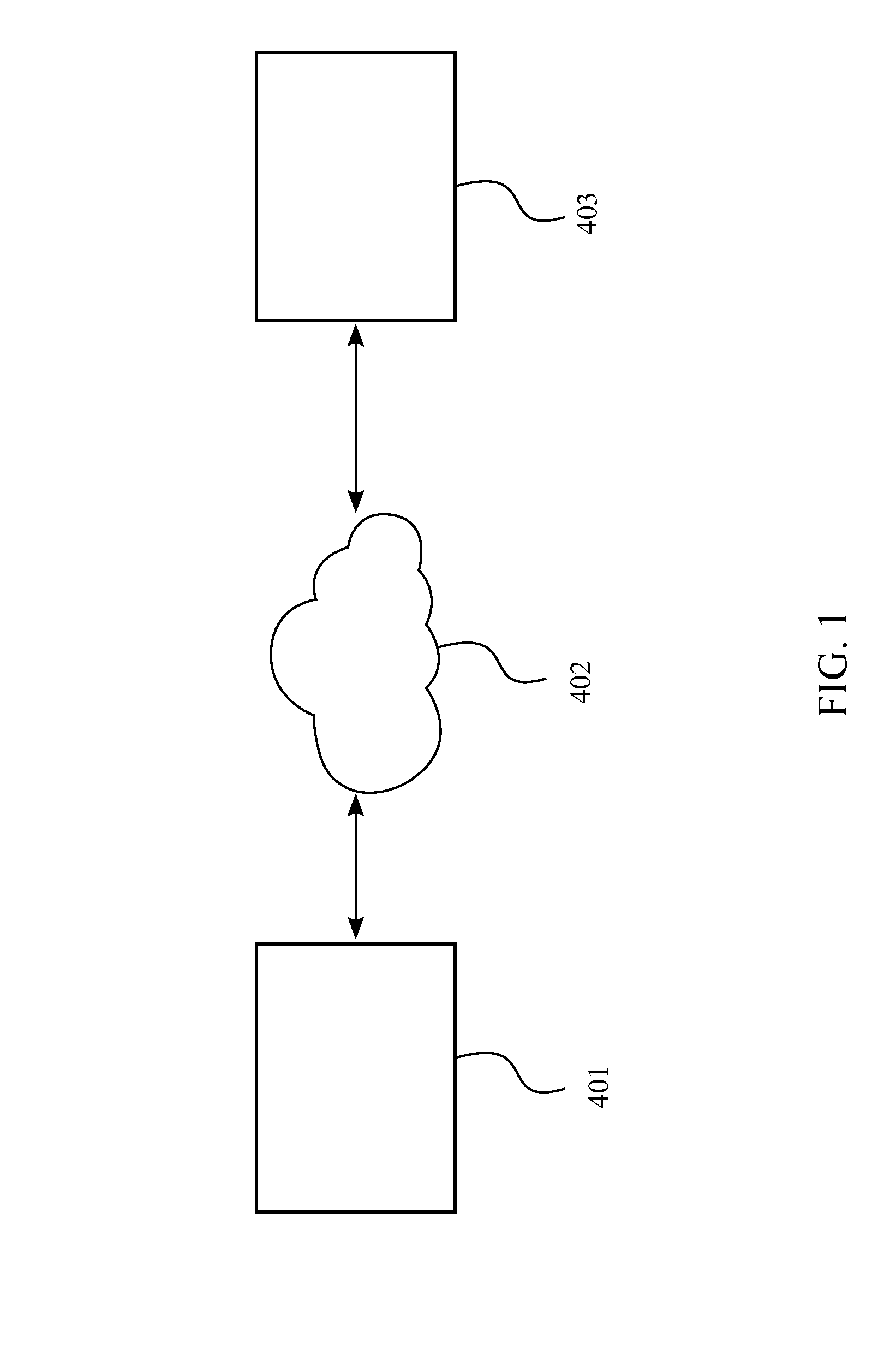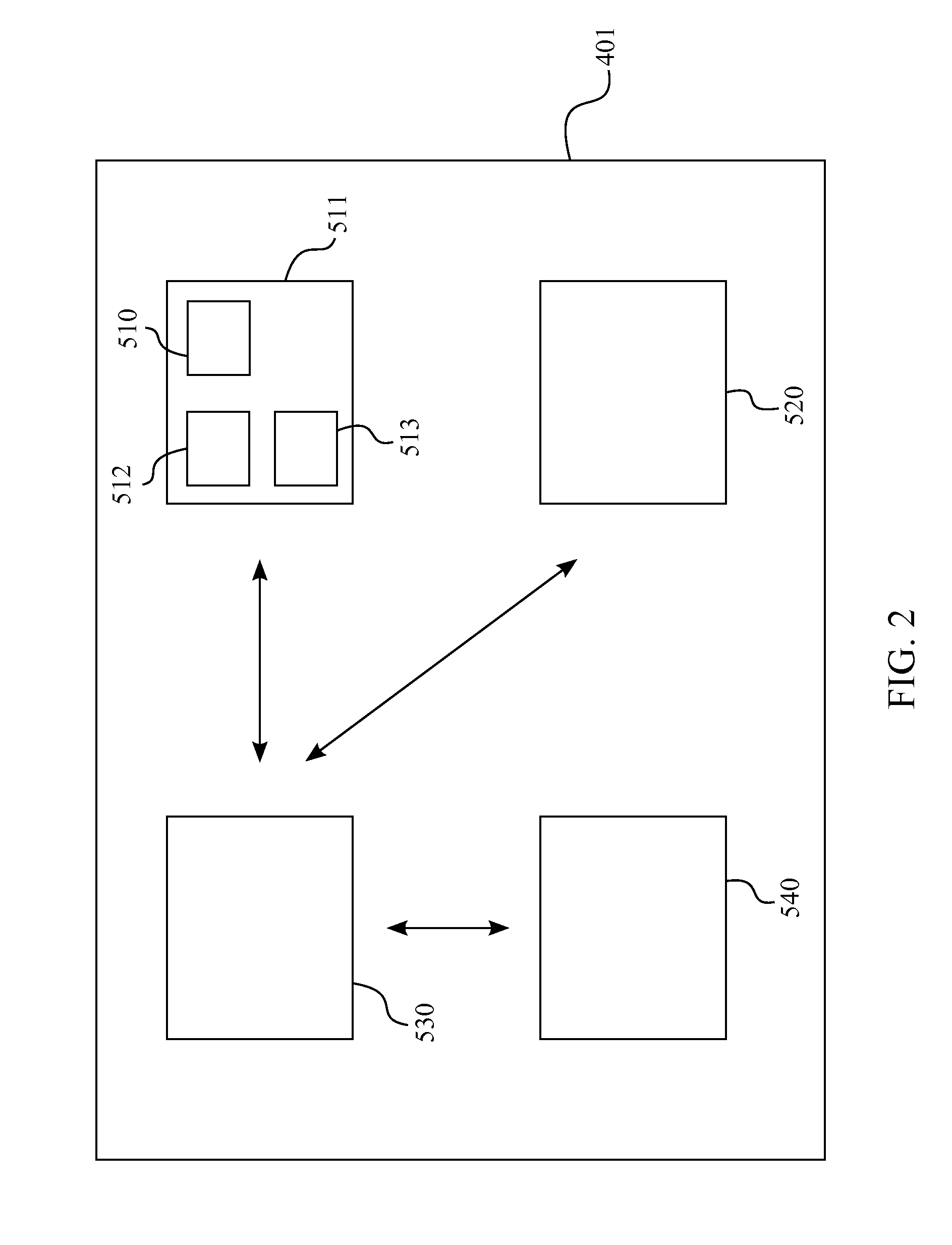Server-Side Malware Detection and Classification
- Summary
- Abstract
- Description
- Claims
- Application Information
AI Technical Summary
Benefits of technology
Problems solved by technology
Method used
Image
Examples
example jailbreaking
[0137]After the processing of is performed, at device determines whether its operating system loader has a particular hash, and / or otherwise determines whether the operating system loader has been altered away from a desirable state.
Example Phone Unlocking
[0138]After the processing of is performed, at device determines whether its operating system loader has been altered and also determines whether any information associated with a service provider has been altered.
Example Software Piracy
[0139]After the processing of is performed, at device determines whether any software included in Memory has been modified from an expected configuration, ascertains any associated serial numbers for the software, and / or otherwise determines whether the included software is being used in an unauthorized / unlicensed manner. In some embodiments device reports the contents of Memory or portions thereof to verifier
Example Media Piracy
[0140]Suppose that media files (e.g., music, video, or image files) are...
example parental
Control Filters and Other Monitoring Features
[0145]After the processing of is performed, in various embodiments, additional middleware is installed that can be configured to log (and / or block) various events associated with the device. Examples include:
(a) determining what photos was generated on the device and later transmitted out? (e.g., to prevent “sexting”).
(b) determining (e.g., based on device activity and GPS changes) whether the device was used (e.g., for texting or watching video clips) while travelling at a speed greater than 20 miles per hour.
(c) determining (e.g., based on installation activity) whether alternative applications (such as a second instant messaging program in addition to a default program) has been installed, and then creating a log file for the alternative application.
(d) determining (e.g., based on browser history information) what URLs a user has visited including which URLs were manually navigated to and which URLs were referred to in other HTML docum...
PUM
 Login to View More
Login to View More Abstract
Description
Claims
Application Information
 Login to View More
Login to View More - R&D
- Intellectual Property
- Life Sciences
- Materials
- Tech Scout
- Unparalleled Data Quality
- Higher Quality Content
- 60% Fewer Hallucinations
Browse by: Latest US Patents, China's latest patents, Technical Efficacy Thesaurus, Application Domain, Technology Topic, Popular Technical Reports.
© 2025 PatSnap. All rights reserved.Legal|Privacy policy|Modern Slavery Act Transparency Statement|Sitemap|About US| Contact US: help@patsnap.com



